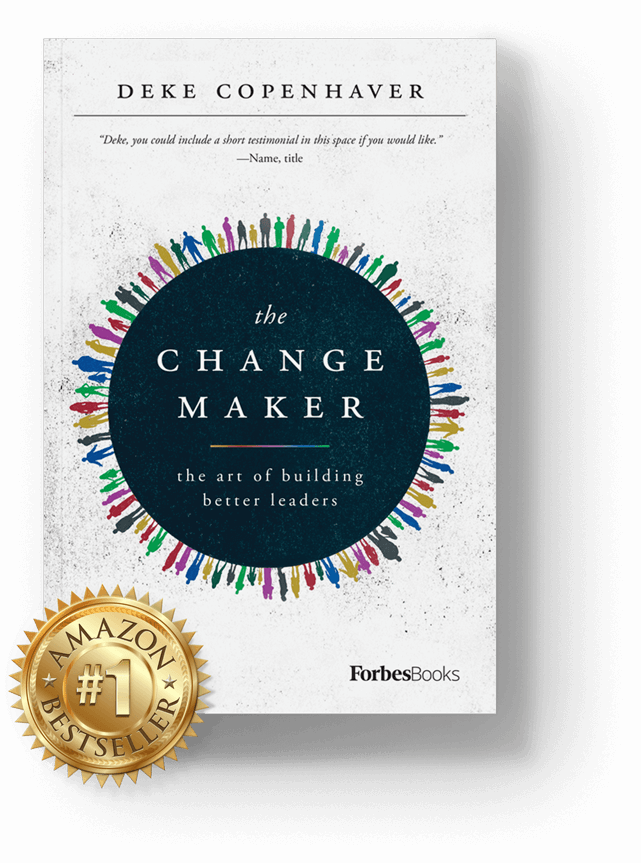As we begin to emerge from the pandemic, it’s not a stretch to describe these times as disjointed at the very least. In observing the landscape around us, I’m reminded of the old parable of a group of blind men encountering an elephant and describing it based on what they feel. The results varied from a thick snake described by the man who felt the trunk to a thin rope by the one who felt the tail. Several other contradictory observations were made by those encountering other parts of the animal’s anatomy. What does the pandemic look and feel like? That would depend on the perspective of who you ask.
I live in Georgia which was the first state to reopen in April of 2020. I’ve felt comfortable eating in restaurants and working out in a gym while taking necessary precautions for a year now. Life has returned to somewhat of a feeling of normalcy since my wife and I received both doses of the vaccine. However, my reality is not shared by all the citizens here in Augusta. I recently learned that in a city of nearly 200,000 residents with six hospitals and vaccines readily available to date only 22.3% of our population has been fully vaccinated according to the latest CDC data. I must admit that I was shocked by this statistic in that in my immediate reality nearly all my friends and family have been fully vaccinated. On a recent zoom call with a colleague in Toronto I was given an international view of what the pandemic looks like in Canada. During our conversation, my colleague shared with me that his city is still under lockdown with vaccines not yet readily available in our neighbor to the north. Once again, a decidedly alternative reality to my own.
The alternative realities we are experiencing are illustrated economically by both a record-setting bull market on Wall Street and a boom in real estate markets across the country. Today the average closing price of the Dow Jones Industrial Average is 32,199.19 for an 11.84% gain over last year’s average closing price of 26,890.67. In a recent CNBC interview Wharton School finance professor Jeremy Siegel stated, “it is entirely possible that stocks could rise 30% from here.” If Siegel is accurate those invested in the stock market should continue to see substantial growth in their portfolios for the foreseeable future. However, according to USAFACTS 47% of Americans have no money invested in the market and conversely don’t receive a direct benefit from major upswings.
The national housing market, originally projected to grow by just 1% in 2020 prior to the COVID-19 outbreak, added $2.5 trillion in value for the year according to a recent Zillow report and shows no signs of slowing down. According to the S & P Corelogic Case-Shiller Home Prices Indices housing prices in 20 large cities included in the indices increased by 11.9% in February representing the largest increase since February 2006. Among these cities the largest increases were seen in Phoenix (up 17.4%), San Diego (up 17%) and Seattle (up 15.4%). The housing boom has served to exacerbate the affordable and workforce housing crisis which existed nationally prior to the pandemic. An example of this can be found in Charleston, South Carolina where the median home value has risen to $378,046. However, a recent report from Community Data Platforms noted 40% of the city’s households are “cost burdened” when it comes to their housing costs. This means that they are paying more than 30% pre-tax income for rent or on a mortgage. Charleston is just one example of a trend that is playing out in cities nationwide where workers in the service industry, police officers and teachers, to name just a few professions, simply can’t afford to live where they work.
What is the solution to addressing the undeniable disparities with which individuals, businesses, communities, and families have been impacted by the pandemic? There are no easy answers and the full impact of the global pandemic remains to be accurately seen or fully understood with the repercussions undoubtedly being felt for decades to come. However, I would submit that putting a focus on providing trustworthy and ethical leadership in all sectors with leaders putting an emphasis on what unites us and not what divides us would be a good place to start. Although we have all been impacted by COVID-19 in a variety of ways the fact remains: we have all been impacted.
We are all ultimately bound by this global event through our shared humanity. I don’t know anyone who hasn’t experienced the loss of a friend or a loved one since the pandemic began while having to mourn in a new and unsettling way. To some degree, we’ve all experienced the unnatural feelings of isolation with limited human connection where a hope to a return to a normalcy of some sort is a shared reality. Realistically, though disparities are very real and need to be acknowledged and addressed in some way, as a society we’ve never had more common ground to rally around based upon the shared experience of going through a pandemic together.
In a world full of confusion and disjointed norms leading to a fractured sense of reality, good leadership is now more important than ever. Where an increase in the division of societal norms has come to the fore during a once in a lifetime disruption, the opportunity for our society to come together given transformational leadership has never been more achievable. In the end, the ultimate question for leaders everywhere is simple: do we seize the moment?



